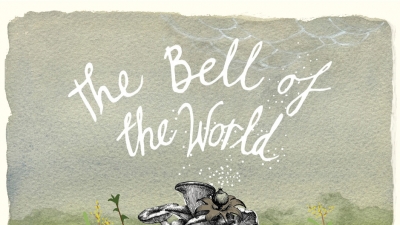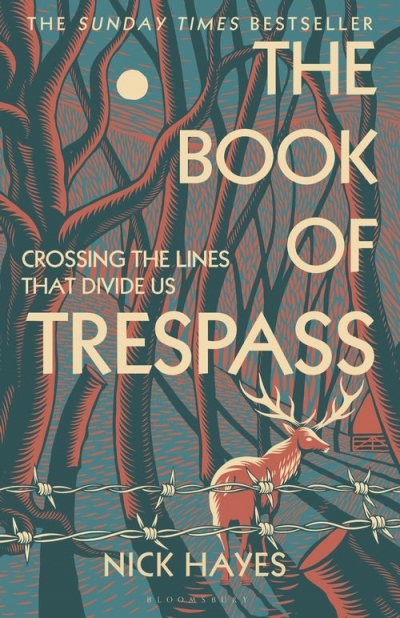Gregory Day
Sign up to From the Archive and receive a new review to your inbox every Monday. Always free to read.
Recent:
In this week’s ABR podcast we feature one of the winners of the 2011 ABR Elizabeth Jolley Short Story Prize. Gregory Day’s ‘The Neighbour’s Beans’ was joint winner of the prize that year with Carrie Tiffany’s ‘Before He Left the Family’. Gregory Day commented at the time that ‘the short story form encourages an intense display of the writer’s craft whilst being a potent vehicle for the compression of emotion’. Gregory Day is a novelist, poet, and composer from the Eastern Otways region of southwest Victoria. Listen to Gregory Day’s ‘The Neighbour’s Beans’, published in the October 2011 issue of ABR.
... (read more)Words Are Eagles: Selected writings on the nature and language of place by Gregory Day
The Book of Trespass: Crossing the lines that divide us by Nick Hayes
To celebrate the best books of 2018, Australian Book Review invited nearly forty contributors to nominate their favourite titles. Contributors include Michelle de Kretser
... (read more)










